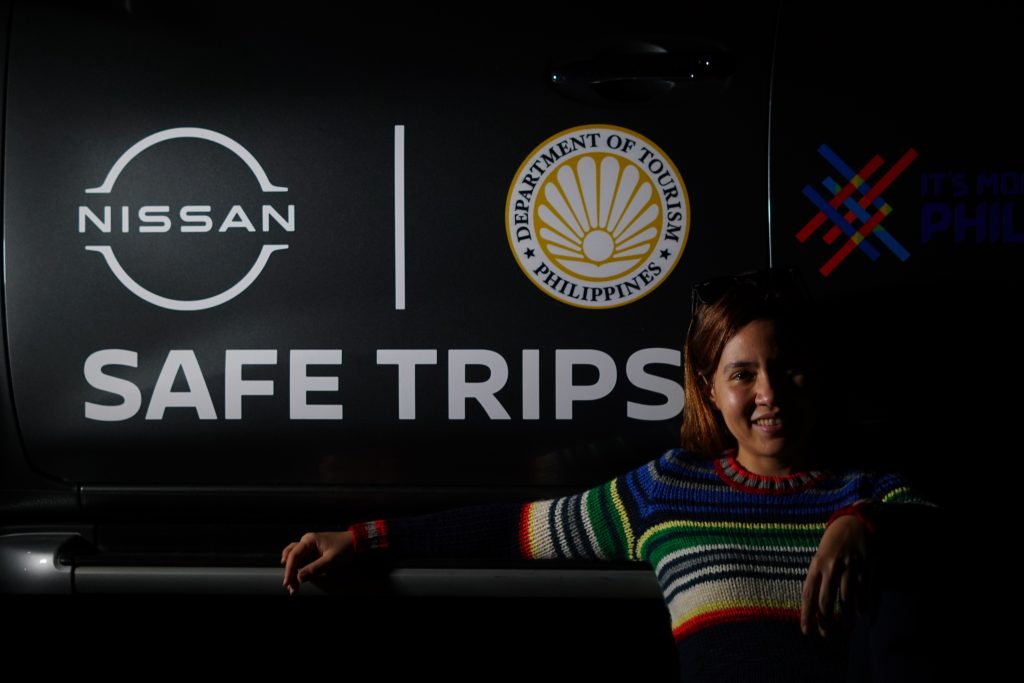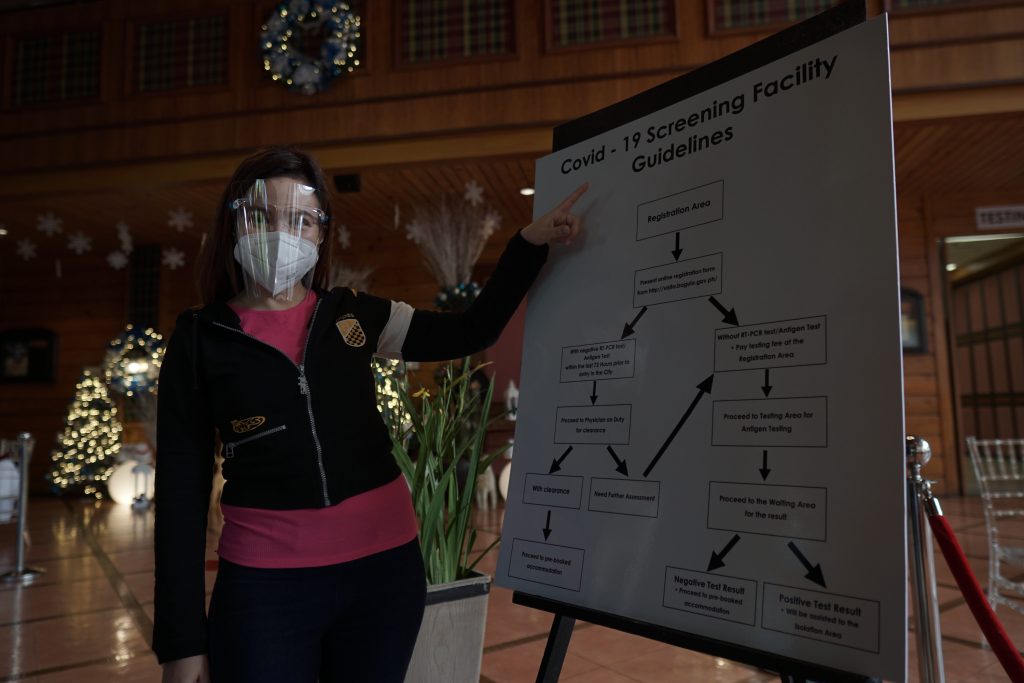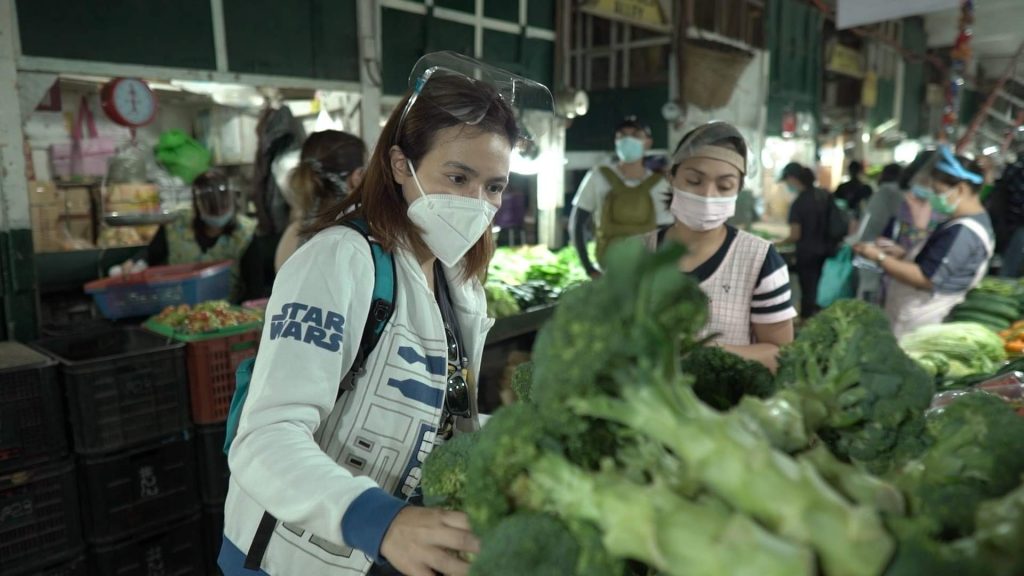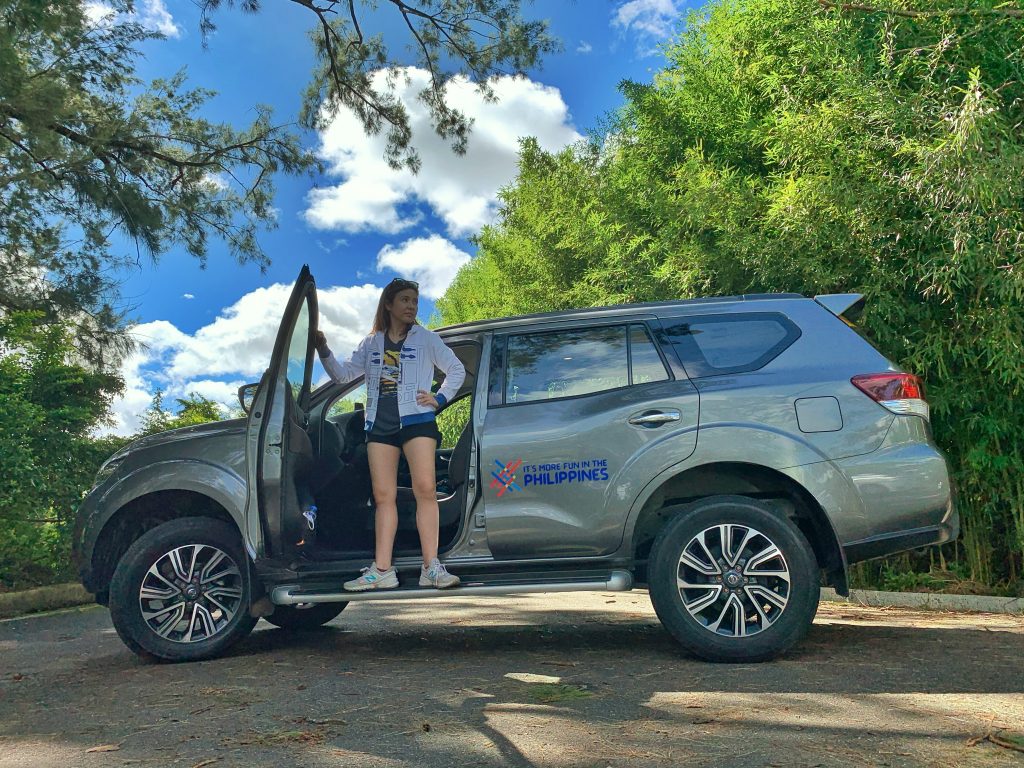To many Filipinos, Baguio is a special place because it is a land of nostalgia. The smell of the pine trees, the crisp mountain air, the locally-grown strawberries and plethora of pasalubongs—the quintessential ube and strawberries—remind us of some point in our childhood when our families came to visit; when we were in awe of the unusual landscape and chilly weather; and when we were just, well…happy.
Because of these pleasant memories conjured and the continuous development of Baguio as a holiday hub, not to mention the development of the TPLEX, which cut the journey there by a few hours shorter, the City of Pines grew more and more popular until it became congested, and the drive there on a weekend, riddled by stressful traffic jams.
But that was before COVID happened.
Several months into different shades of quarantine, many people have become eager to travel—but remain torn whether they should. COVID takes no holiday breaks, and it’s never a good idea to gamble one’s safety for the sake of a transient good time. And while air travel always sounded riskier for travelers, there appeared to be a golden window of relative safety for land travel via private vehicles.
The Department of Tourism immediately latched onto this idea, and developed careful plans defining how select provinces could slowly and prudently open themselves to visitors, in different stages. This is how the DOT’s ‘Safe Trips’ campaign was birthed, and this became the beginning of a slow reopening to domestic tourism.

When Nissan Philippines saw this happening, they immediately jumped on the idea to help the DOT market the ‘re-opening’ of certain holiday hubs as part of their latest CSR project. The DOT, our small businesses, and so many Filipinos who belong to the Tourism sector clearly need all the help that they could get.
And so I decided to embark on a journey to ‘test the waters’ and experience what it’s like to safely travel in the new normal. As Nissan Philippines was championing the careful revival of the tourism sector, my vehicle of choice was no other than the spacious and comfortable Nissan Terra—specifically the 4×4 variant because I wanted to feel fully in control and extra safe as I drove up the mountain that I had long missed. Moreover, the Terra was cavernous enough to accommodate all the fresh fruits and vegetables I had planned to buy, alongside some brooms and Good Shepherd goodies for my family.
Register first
There are safety protocols implemented by the local government to ensure the controlled entry of visitors into Baguio City. One of the limitations is a daily tourist cap – and so to ensure that you make the cut, every visitor is first required to register his intent to visit Baguio City via the dedicated website: visita.baguio.com.ph.
Once you have successfully registered and if your travel dates are approved, you will next receive an email that will contain a personalized QR code. You will need to present this specific QR code at the checkpoints leading into Baguio City in order to be granted access to pass through.
COVID-negative test result required
The other most important thing about gaining access to enter the city is that you must be able to prove that you and all your party members are COVID-19-negative. You may do this by presenting a negative COVID RT-PCR or Antigen test result for each individual, taken only up to 72 hours prior to arriving at the border. Should your validity period have elapsed, or if in case you did not have the opportunity to get tested before traveling, they do have the option for visitors to get antigen tested there, for a fee. Of course you will have to wait for the release of your results, and they will have to read negative, in order to clear your passage.
It’s best to get COVID-tested before you set out on your journey, as it would be such a shame to be turned away at the checkpoint should you test positive upon entering Baguio.
Pre-book accommodations first
It is also important to pre-book your accommodations via any DOT-accredited hotel in Baguio before traveling. This will also ensure your safety, as these accredited hotels are already certified to have the recommended safety protocols in place – which include temperature checks and filling out health declaration forms prior to entry.
Safety protocols observed
What I can say is that as of the time of my visit – which was on a weekend – going around Baguio City felt safe. I also commend the local government for having nicely implemented a plethora of safety protocols all over the city (which the locals were also diligently abiding).

As a matter of fact, I trotted to the Baguio City Public Market and found that there were clearly marked one-way lanes for foot traffic going up, through, and down the foot bridges leading to the market. And while inside the market, all the vendors appeared to be wearing their face masks (properly!) and had their face shields planted on their heads. Sometimes they lifted their shields upward to take a better look at things, but they were mindful of their actions and excited to see some Manilenyos finally coming back to shop.

The market also had directional lanes for passers-by on each side, ensuring that no one would have to bump into each other face-to-face. There were also alcohol dispensers and trash bins every few meters, so people could disinfect their hands whenever they deemed necessary.
Effortless drive with the Nissan Terra

I drove the 4×4 Terra throughout this journey and it gave me the priceless peace of mind I needed, knowing that I would be safe and always in control of my driving through any kind of weather conditions. The vehicle is also gifted with several active and passive safety features; and the 360-degree view parking is especially handy when having to park in a city where parking is often scarce and tight. Moreover, I departed Metro Manila (BGC area) aboard the Terra, with a full tank, drove through the highway (and used cashless RFID, of course!), climbed up the mountain via Marcos Highway (Kenon is closed!), drove around Baguio city, and returned to BGC with still almost a quarter tank of fuel. Of course I am an eco-driver by default, but I did push on the pedal while having to overtake the occasional overloaded truck (yes, they are still there!!) on the last bit leading to the entry point of Baguio. Travel time was approximately 4.5 hours per way, from initial departure to the first checkpoint.
Thank you Nissan Philippines, for helping stimulate our local tourism via land travel, back into life!

